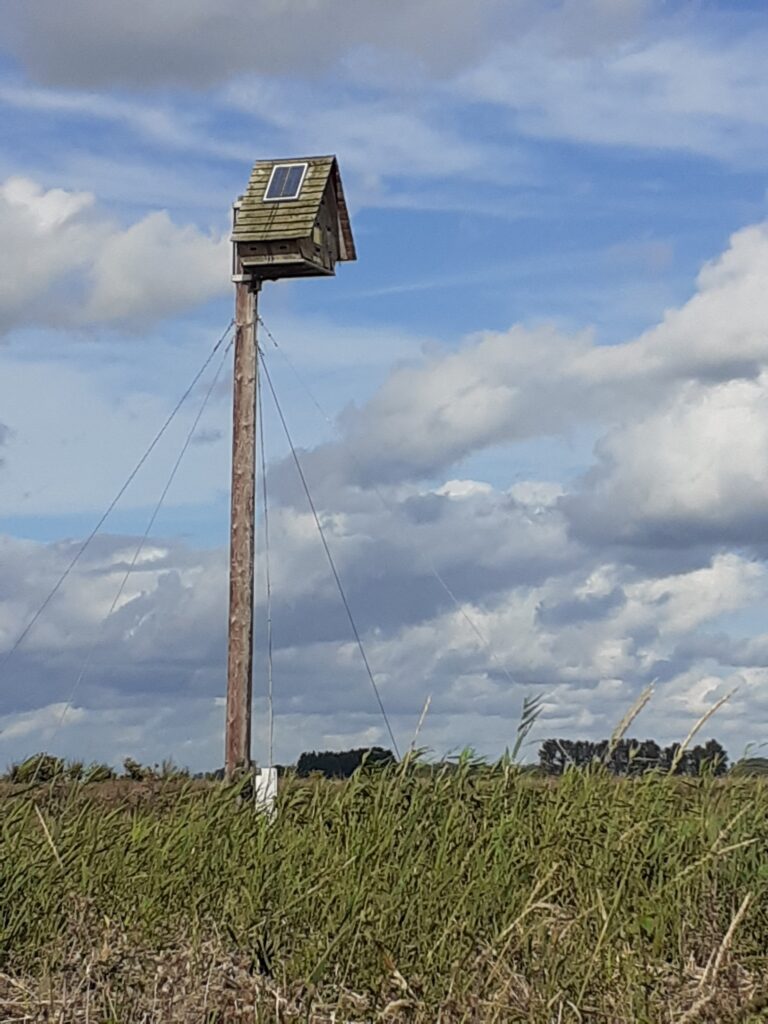
Author: Kevin Rylands, Fair to Nature Advisory Development Officer
Spring is on the march, moving on a SW-NE axis through the UK at roughly 2mph a day. This measurement is based on the first dates of natural Spring sightings including Swallows, frog spawn, Orange-tip butterflies and Hawthorn leaf and bud burst. For some the omission of Snowdrop or Primrose from this list might seem strange but the presence of the Swallow is universally accepted. A widespread species it is seen as a harbinger of Spring throughout the Northern Hemisphere.
It is well known a single Swallow does not make the summer but it takes a hard soul not to be lifted when the first one returns to the farm, twittering away perched on a wire or hunting insects low over a pond. It is this latter behaviour, especially in autumn, that lead to the theory they hibernated in mud below the water, reawakening with the arrival of Spring.
To us this idea may seem daft and far-fetched, but the truth is more amazing than the myth, these little bundles of feathers, weighing less than an AA battery (unladen), migrate on a 12,000 mile return trip to southern Africa. Not only have they been feeding around elephants and giraffes a few weeks previously, they then return to the same farm, with 44% of pairs reoccupying the same nest!
The use of the same nest may be linked to good feeding nearby, those breeding on farms with livestock rearing larger broods, but the mud and saliva build requires an average of 1,300 trips to gather enough material, therefore, it is well worth repairing last year’s nest rather than starting again. This also allows them to save energy for the hectic process of raising young; once they have hatched they must bring back up to 8,000 insects every day over the next three weeks, before the chicks are ready for their first flight. With up to three broods a year, each pair provides a valuable service in natural pest control.

How can nature friendly farmers help these aerial feeders?
Swallows and other aerial feeders, such as Swifts and House Martins, traditionally nested in cliffs, caves and hollow trees, but they have adapted to the human environment and now the vast majority make their nests in and around buildings.
These birds spend most of their lives on the wing, catching insects in the air, and drink by swooping low over water. Whilst Swallows and House Martins do perch up, often on overhead wires, Swifts usually only ever land when they are nesting, even sleeping and mating in the air. Although they have many similarities the Swift is the odd one out being more closely related to hummingbirds!
There are many ways nature friendly farmers can help these birds, providing insect rich habitats and accessible nest sites are key, but other small actions, such as ensuring a supply of wet mud and even providing nest boxes or platforms can make the difference, if droppings are a concern, place a plastic bag or other barrier under the nest.

Swifts need a clear approach to any nest site but will also use a single specially designed nest box under the eaves or even built into a building as long as there is substantial clear drop, ideally at least 5m, beneath the front of the box.
For more information on these species please see:
Swallow https://www.rspb.org.uk/birds-and-wildlife/wildlife-guides/bird-a-z/swallow/
House Martin https://www.rspb.org.uk/birds-and-wildlife/wildlife-guides/bird-a-z/house-martin/
Swift https://www.rspb.org.uk/birds-and-wildlife/wildlife-guides/bird-a-z/swift/
Telling Swallow, Swift and House Martin apart
These species can be difficult to separate, especially when hawking insects against the sky but this video helps explain what features to look out for – https://www.bto.org/develop-your-skills/bird-identification/videos/bto-bird-id-hirundines-and-swift
Image credits:
Swallow on barbed wire fence – Ben Andrews/rspb-images.com
Swallow on cable – Chris Gomershall/rspb-images.com
Swift nesting tower – Shelley Abbott/RSPB
TOMORROW
IS GROWN FROM OUR ACTIONS TODAY
Contact us today to find out how we can help you achieve this
Register Interest
Sidebar form
or email us at fairtonature@rspb.org.uk
